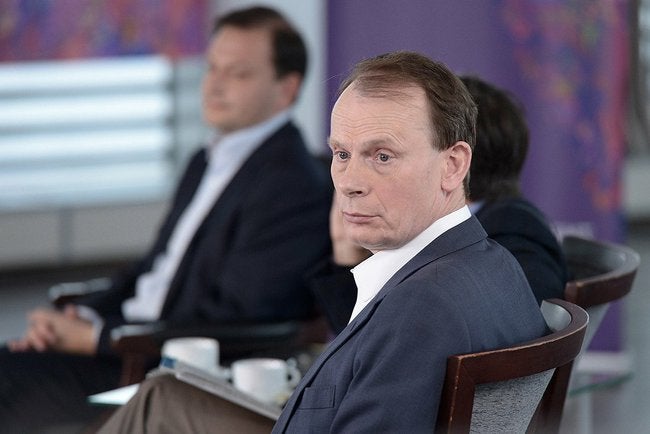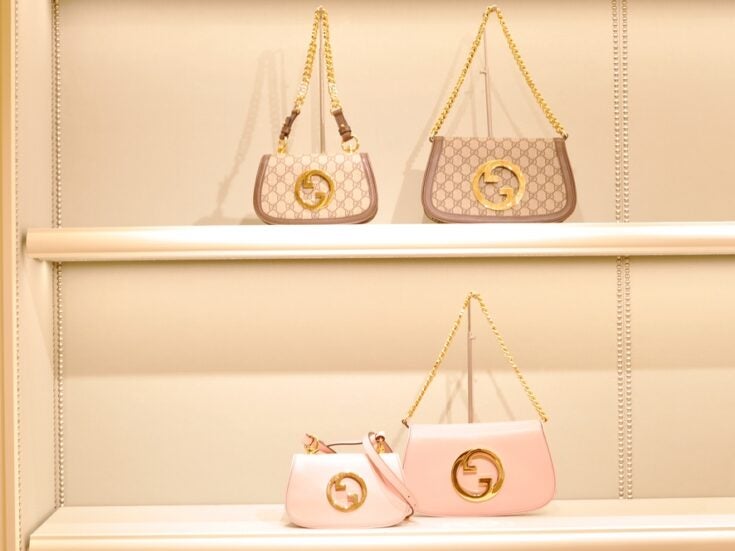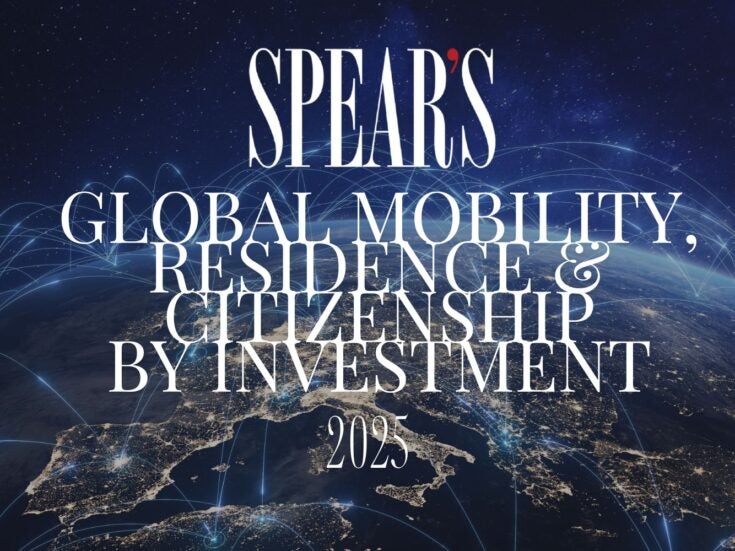
A rejuvenated Andrew Marr recollects his painting trip to Nice, and the ambitions he has for his art, writes Christopher Jackson
Andrew Marr approaches across the exhibition space, the limp from his stroke more pronounced than one imagines: in fact, one realises that on television he’s a Stoic. But one doesn’t feel sorry for him. The impression is of smiling and eloquent vigour.
Since his 2013 stroke, Marr has transformed himself into a seriously good painter: his main concern now is his art.
‘I have a little studio just round the corner from my house and I force time; I draw every day,’ he explains. ‘Every single day of the year I work on ideas, on colour combinations and structures. I make the time for it.’
The pictures are marvellous: bright and playful, one can feel his influences. But this is an artist already moving at rapid pace into something his own. The same intelligence one encounters in his interviewing and books is found on these canvases – except with an additional freedom born of pure imagination. It has given him profound joy.
‘My heroes are Howard Hodgkin, Gillian Ayres, Kandinsky, and others of the recent British tradition – Peter Lanyon, Patrick Heron,’ he explains. ‘Britain has a good tradition over the last years: we used to be a bit worried about the French and the Americans.’
Even so, looking at Marr’s work – with their Fauvist palate, and mysterious nut and hand shapes – one finds a French influence on his way of seeing. Marr – in addition to his other achievements perhaps the great documentary maker of our times – is, of course, a great traveller.
In fact it’s not too much to say that his passion for painting dictates his travel itinerary: a recent documentary showed Marr following in the footsteps of Churchill to Morocco and the south of France.
‘I was in Nice over the summer,’ he tells me, ‘and have done a series of drawings of and about the city. Almost every modern painter one way or another starts with Matisse. He overshadows the colour-field in American abstract expressionism; he overshadows modern St Ives painters.’
It seems incredible that Marr manages to fit this in alongside an already hectic work schedule. One thinks of Churchill painting at Chartwell, and indeed Marr accepts that he is exposed to some of the same wearying political currents.
But he draws energy from the process. ‘The great thing about painting,’ he says, ‘is you’re thinking only: “Is that the right brown?” I’m not thinking about the Irish backstop, or what to do in next Sunday’s interview. That’s why it’s so mentally invigorating.’
Our conversation can’t quite escape politics. One ambitious picture – One Day After Grenfell – is a response to the Grenfell Tower tragedy, full of the sizzling heat of that day: ‘I did a series of angels, and there’s a vestigial angel in here. I’d been reading about Patrick Heron’s delight in roughly painted doors in Cornwall,’ he explains. ‘I did a Heron-ish door on the right, a bit of Primrose Hill… Over time, the picture developed. After Grenfell, I’d driven up and down the Westway, watching this ghastly blackened stub. It’s meant to be an “in memoriam” kind of painting, but without it being overly solemn.’
Southern France keeps emanating out of our conversation. At one point he says: ‘There’s that Matisse quote: “We must always look at the world through the eyes of children.” What he meant is it’s all about seeing things afresh. Sometimes I think the whole subject of abstract art is unbearably pompous; you have to approach it with a solemn face as if it were an ersatz religion.’
‘I think the great question is Matisse v Picasso.’ I say I’m in the Matisse camp. ‘So am I,’ says Marr. ‘Picasso is a great shaman and protean image-maker – a man of enormous genius – but also an angry misogynist. There’s great beauty but also the ugliness of someone who hates and fears women and their sexuality. I no longer find some of Picasso’s distortions amazing and playful.’
It’s a shame to move on to other topics – equally, it would be a shame not to. Does the stress of television get any easier?
‘It’s that rule of 10,000,’ he explains. ‘Once you’ve done so many interviews, you panic less and think more coldly halfway through the interview about changing gear and moving in a different direction.’
He recalls being ‘terrified’ when starting out. ‘I used to do punditry for David Frost. He’d appear to be out of it when you came into the room. You’d think, “He’s fallen asleep: something’s wrong”. At the last minute, when the camera light came on, he’d wake up and ask a question.’

He’s aware of the importance of his role. ‘It’s hard, because Brexit is so complex. It will define the country we live in, how wealthy our children will be, and their attitude to the rest of the world. People like me have a duty to stay focused. I have a duty not to be bored – and if I get bored I should get out. Intellectually, it’s a difficult job.’
And there’s another difficulty too – that of how friendly to become with the political classes.
‘As a journalist, you’re torn. It won’t work if I don’t know anyone from Corbyn’s circle or from Downing Street. I need to know when I ask a question that I’m describing something that is going on – though they can dodge it or deny it if they like. You can’t be so friendly that you go soft on them. You have to have a kind of chill inside you.’
But we keep returning to painting: how Marr is allowing himself more spaces in his pictures (‘it’s one of the things I’m learning to do’); what it’s like when it goes wrong (‘I stomp home in a terrible temper’); what it’s like when it goes right (‘you get that total exhilaration, more than when you’re interviewing a top politician’); and his views on other painters: ‘the big question now is: “How good is Howard Hodgkin?”.’
He also laments Lucian Freud’s ‘angry and voyeuristic approach towards women.’ So what next for Marr? Might he have a John Major moment and head off to the cricket – though, in his case, off to his studio.
‘I would like to have a period in my life – while I’ve got the strength – where painting’s the central thing,’ he says. ‘Mentally it already is. But I’m gregarious and inquisitive and I like talking about politics, and being out and about.’
And, finally, what are the paintings about? ‘They’re saying: “As Andrew Marr, this is what it was like to be alive.”’ The past tense feels a little melancholy – but only a little. This is a generous and ridiculously gifted man, who I hope has years of painting – and much else besides – ahead of him.
Christopher Jackson is deputy editor of Spear’s







